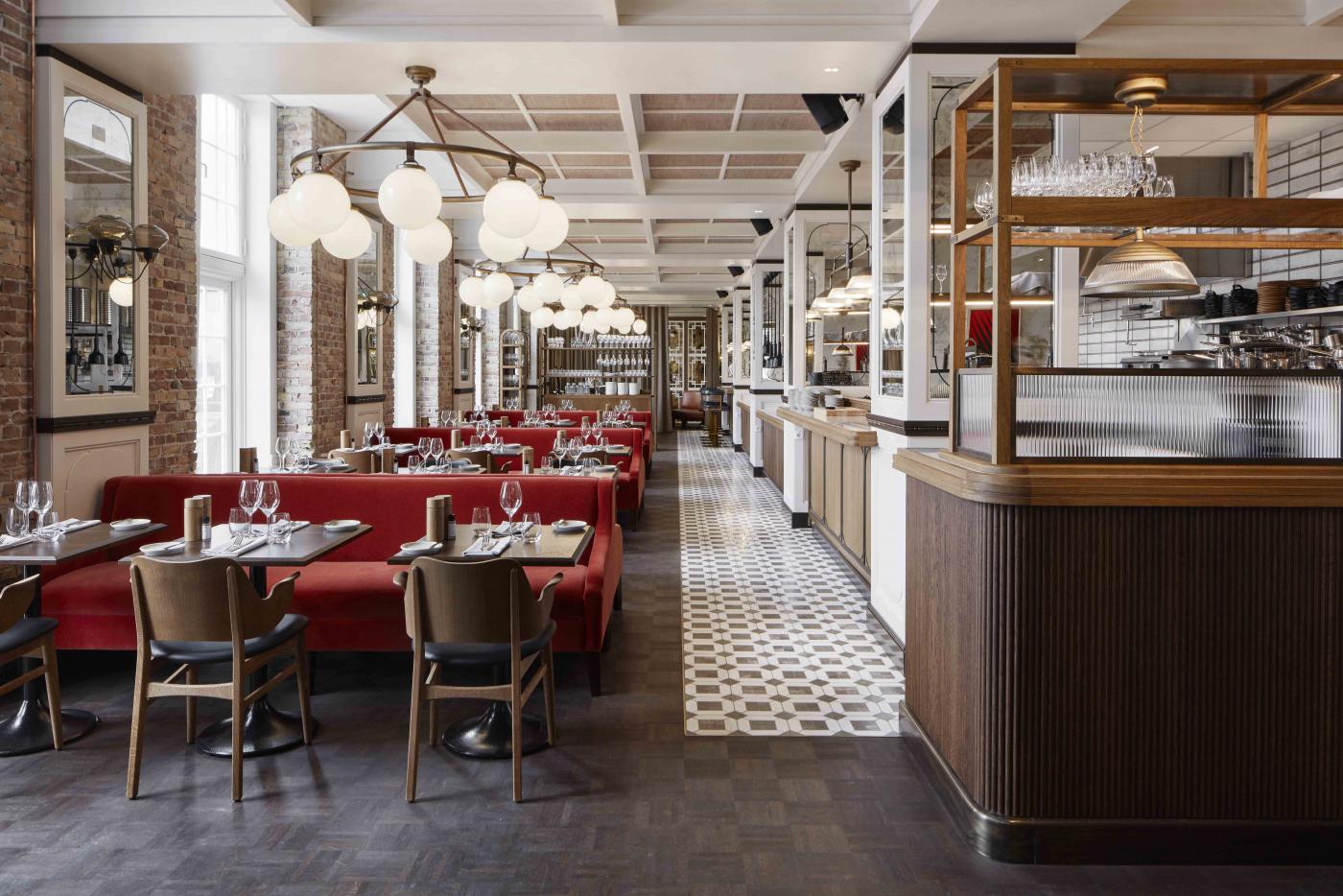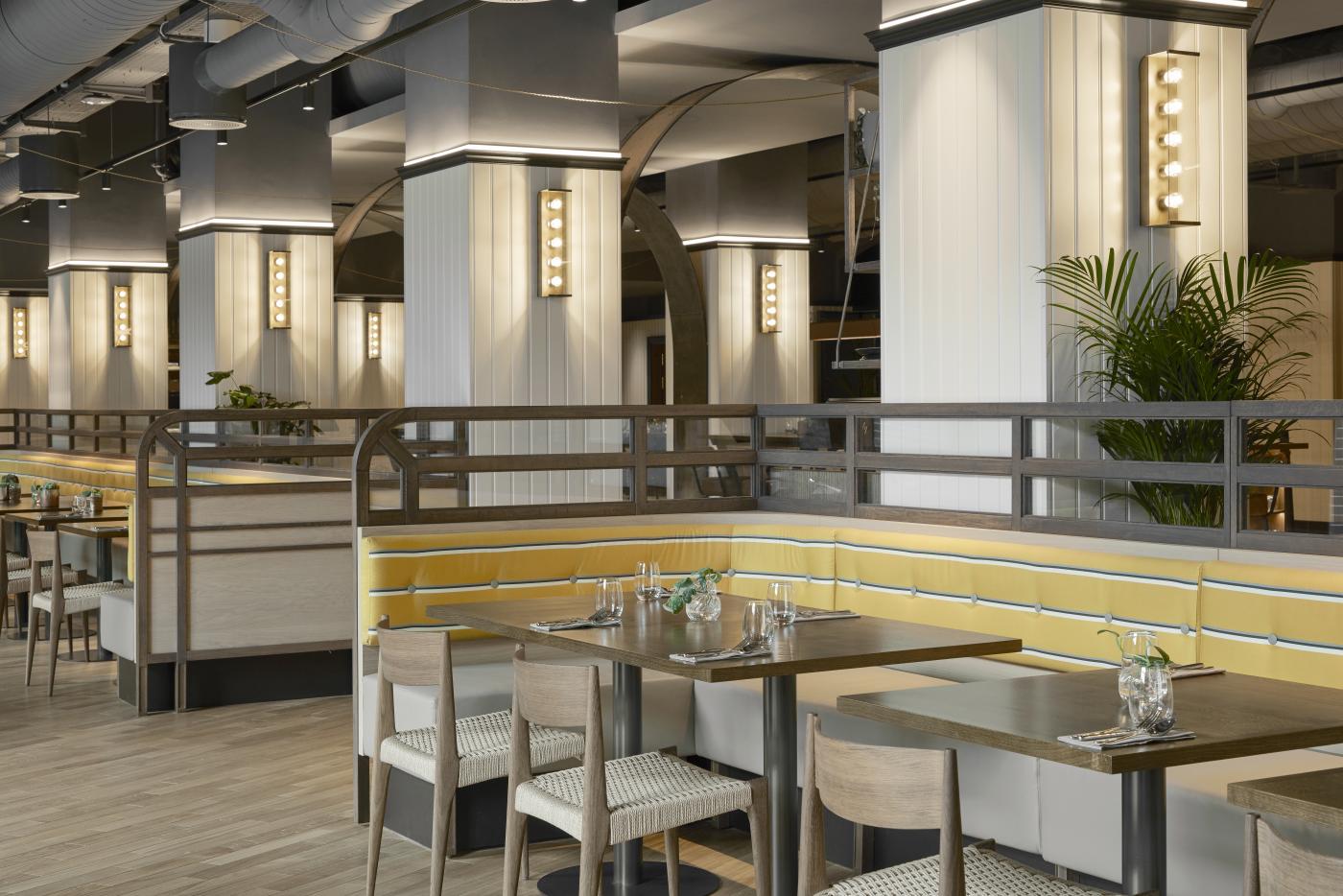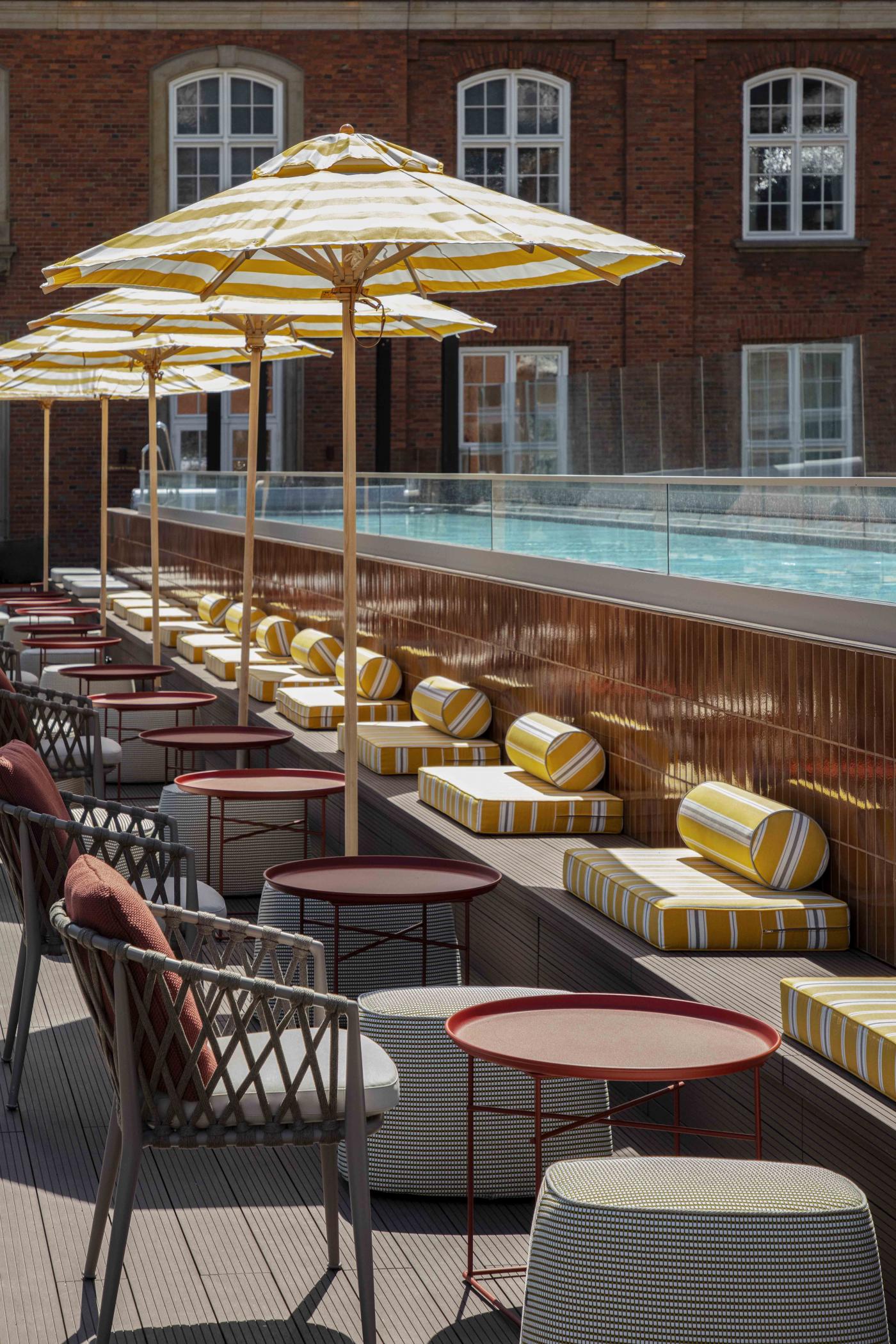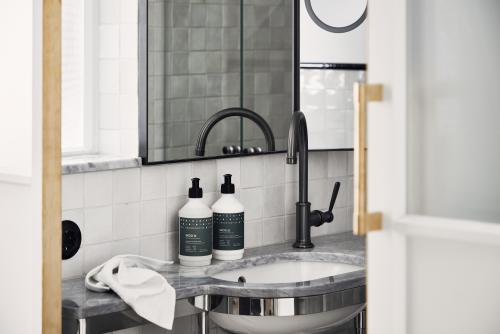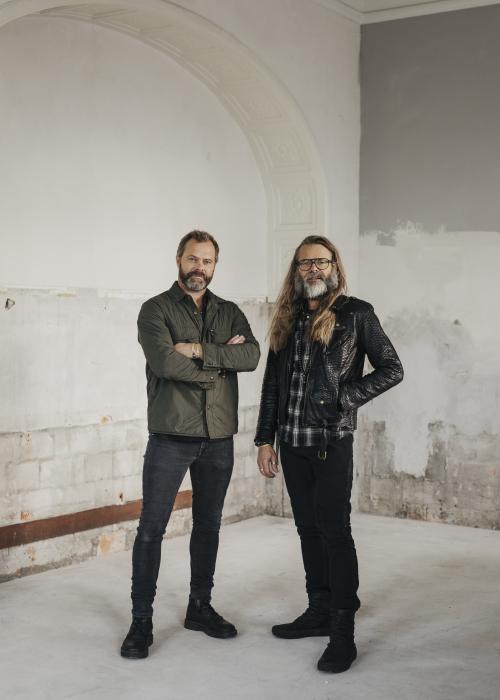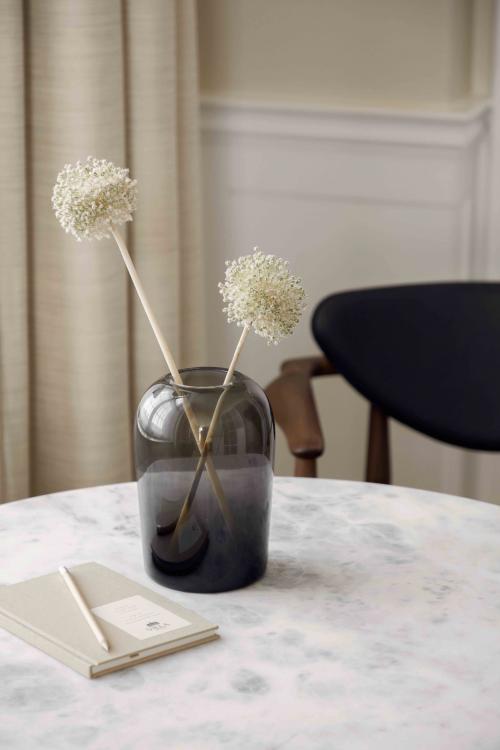Goddard Littlefair: Designing for the Villa community
Lucy Robinson of UK architecture and design firm, Goddard Littlefair, on working with Villa on the hotel’s public spaces and restaurants.

What was your vision and ambition for this project?
Our vision was to create a destination F&B with a point of difference; introducing something new and fun to the marketplace whilst resonating with the locale and honoring the Scandinavian design sensibility. Our ambition was to attract hotel guests, the public and local residents into each restaurant and bar by creating unique yet informal spaces that each offer something extraordinary.
Where did you find inspiration, designing Villa's future brasserie, breakfast area, bar and playroom?
We have given each of the venues at Villa its own unique flavor, informed by the location of each space within the hotel, the stylistic features of the original house and, of course, the brief.
Facing town, the Brasserie has been designed to be a buzzy and dynamic venue for all-day use. It channels mid-century Danish design and juxtaposes the past and present with contemporary interpretations. Central to the scheme is a large, open kitchen and bar providing theatre and all-day interaction.
The Breakfast Room is located on the lower ground floor, adjacent to a set of railway tracks outside. We discovered old photographs showing the space when it was a working sorting room for the Post House. We could see where the mail was taken off the trains and into the room, before being loaded onto horses for distribution. The archive photos capturing its history inspired the entire design process. We were able to reference original archways and paneling, transforming the space into a multifaceted and flexible restaurant space. We also introduced a bakery to provide fresh bread and coffee for the hotel and general public.
The Wine Bar and Playroom neighbour one another and are located within a beautifully restored section of the Post House. Original timber paneling, beautifully crafted doors and marble columns all remain. We referenced the heritage of the space in the design but added jovial and tongue-in-cheek features in both rooms.
The Pool Deck is a relaxed and colourful haven set above the road atop the Villa. The Bar is inspired by the shapes cast from old paneling, and copper from the roof has been used to form the bar front. All of the furniture and lighting has been eclectically curated to bring vibrancy and comfort to the rooftop.
Please describe your process, unfolding the concepts behind the spaces?
The conceptual process started by delving into the history of the house. We tracked down photos, rediscovered original desks and paneling, and were able to find beautiful and fun details to inspire us. Whilst paying tribute to these findings, we also wanted to create restaurants and spaces that had a sense of fun and informality. So we found design languages that have authentic and nostalgic groundings, brought to life with color, energy and dynamism.
How have you worked with sustainability and recycling of elements from the old building in these concepts?
We have reused lots of original items discovered in warehouses. Doors have been re-hung and the brass grills and door handles have been reinstated. The majority of the original copper stripped from the roof has been reimagined as wall cladding in the Brasserie, sculptural arches in The Breakfast Room and the bar front on the Pool Deck. Original stone flooring was uncovered and has been polished and revealed for all to see. We have also revealed yellow brickwork which was hidden under plaster within the Events Room breakout spaces, and used it to inspire a feature wall in The Breakfast Room.
How do you think Villa's brand values of contrast, conscious luxury and happiness are reflected in these designs?
The original Post House’s architecture and location within the city underpins these brand values from the outset. Luxurious and honest, original features bring a smile to your face. The hotel is next to Tivoli Gardens which enthuses happiness to all ages, and it neighbors the industrial train station, juxtaposing the luxury. We have been lucky enough to have these influences as a basis, so within the F&B spaces we have harmoniously reflected them to create modest, relaxed and authentic environments for the guests’ enjoyment.
How did you approach the project being a contemporary luxury hotel while paying respect to its original architecture?
We have reinterpreted many of the original design features in contemporary materials, juxtaposing historical references in a unique style. For example, freestanding raw copper arches are positioned where original stone and timber arches would have been. We have also contrasted materials, like using grey-lilac rough-rendered walls next to original lacquered rosewood, and hanging a satchel-strap installation from the ceiling as a feature. This brings a sense of joviality to the project and ensures the heritage features don’t overwhelm and are enhanced with a contemporary edit.
The Brasserie has a more nostalgic palette of warm orange, navy blue, teal and brown against a background of dark oak, red brick, cork ceilings, brass detailing and white paneling. Comfortable and satisfying.
Please elaborate on thoughts behind your choice of materials and color schemes?
Each room has its own material bias and colour scheme. The Breakfast Room focuses towards an industrial palette of rich yellow bricks, grey exposed ducting, tan and grey upholstery. We used a mix of walnut and oak in the joinery to reference traditional Danish furniture manufacture.
The Brasserie has a more nostalgic palette of warm orange, navy blue, teal and brown against a background of dark oak, red brick, cork ceilings, brass detailing and white paneling. Comfortable and satisfying.
In contrast, The Wine Bar and Playroom have bold color palettes to counter the strong heritage elements, providing a distinct and jovial aesthetic. Purples, pinks, dark red, blue and olive all feature along with heavily patterned rugs and slightly oriental fabric on the eclectic furniture selection.
